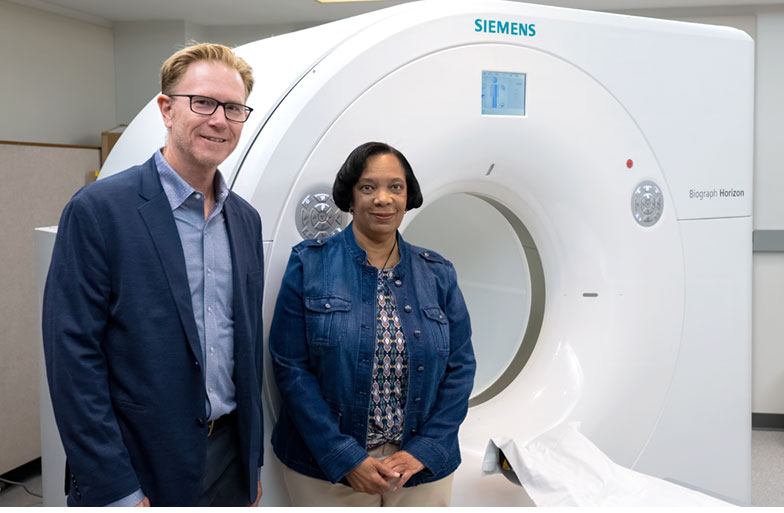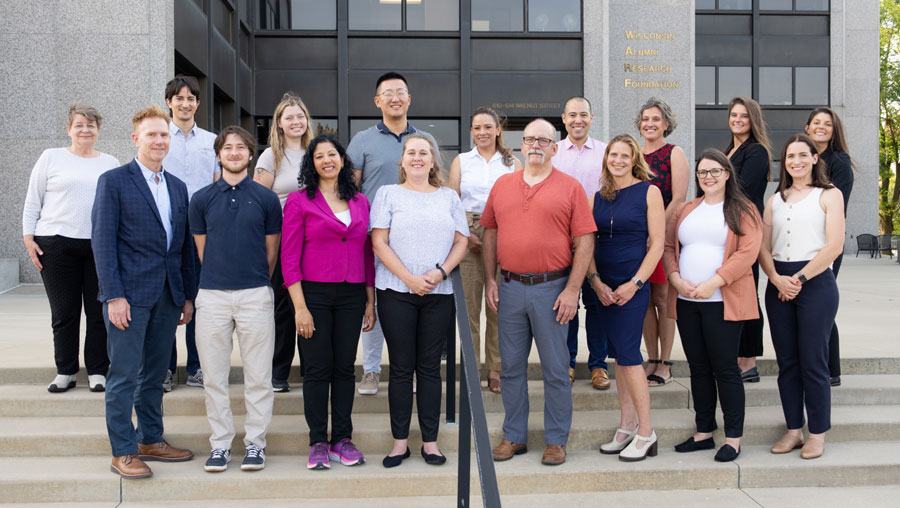The five-year study, which launched participant brain scanning in August 2024, involves 37 National Institutes of Health-funded Alzheimer’s Disease Research Centers across the United States. Researchers will gather data correlated with presence, absence or changes in characteristic disease biomarkers in people who have dementia or are at risk of developing it. The study is also intended to allow a better understanding of mixed dementia, which is a situation in which more than one neurological disease contributes to dementia, according to Sterling Johnson, study leader and professor of medicine at the UW School of Medicine and Public Health.
“Multiple etiologies can contribute to the clinical syndrome of mild cognitive impairment and dementia presumed to be due to Alzheimer’s disease, but it can be difficult to pinpoint exactly what those contributors are for each person,” said Johnson, who holds a doctorate in clinical neuropsychology. “If we can establish a more comprehensive panel of imaging and blood plasma biomarkers, we stand to greatly improve the accuracy and prediction of symptom course as well as a patient’s response to experimental therapies.”
The team in Madison is co-leading the administration and launch of CLARiTI and was selected to pilot the first series of brain scans through the Wisconsin Alzheimer’s Disease Research Center because of the center’s established network of participants, according to Sarah Biber, CLARiTI co-lead for administration and site and data coordination, and executive director of the National Alzheimer’s Coordinating Center based at the University of Washington.
“We are confident this collaboration will allow our team to work through any issues together to improve the process and lay the groundwork for sites that will join the study,” said Biber, who holds a doctorate in molecular and cellular biology. “The data we collect in Madison and subsequent sites is expected to significantly enhance our understanding of mixed etiology dementia.”
The comprehensive panel developed by the CLARiTI team includes state-of-the-art imaging and blood-based biomarkers which will be shared with Alzheimer’s disease and related dementia researchers worldwide. This will allow researchers to correlate biological changes to clinical diagnoses, genetics and changes in patient symptoms over time. The team aims to enroll a total of 2,000 people for brain imaging and blood-based biomarkers. All participants will undergo baseline scans first and then return within two years for another set of scans to compare changes within the brain. All CLARiTI study sites are expected to be operational by 2025, according to Johnson.
“A collaboration of this size addresses a crucial research gap and paves the way for standardized blood-biomarker characterization,” he said. “By working together, these centers can collect, share and analyze hundreds of unique imaging and plasma sets, which will be intrinsically linked to cognitive and neurobehavioral data collection, genetics and eventually neuropathology.”



